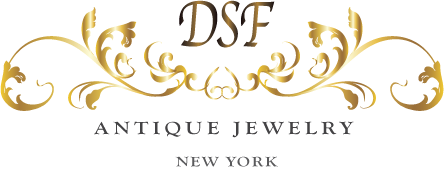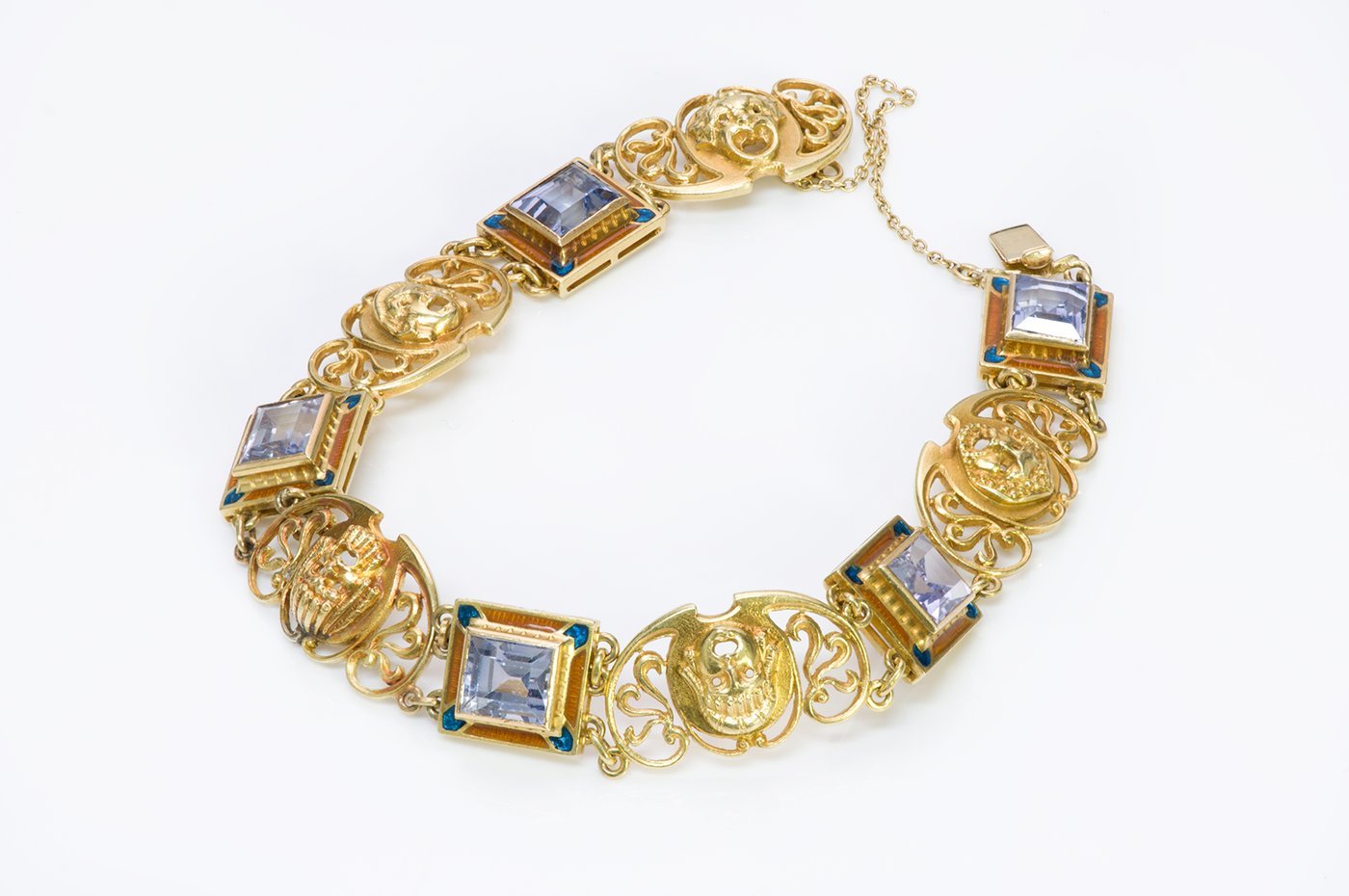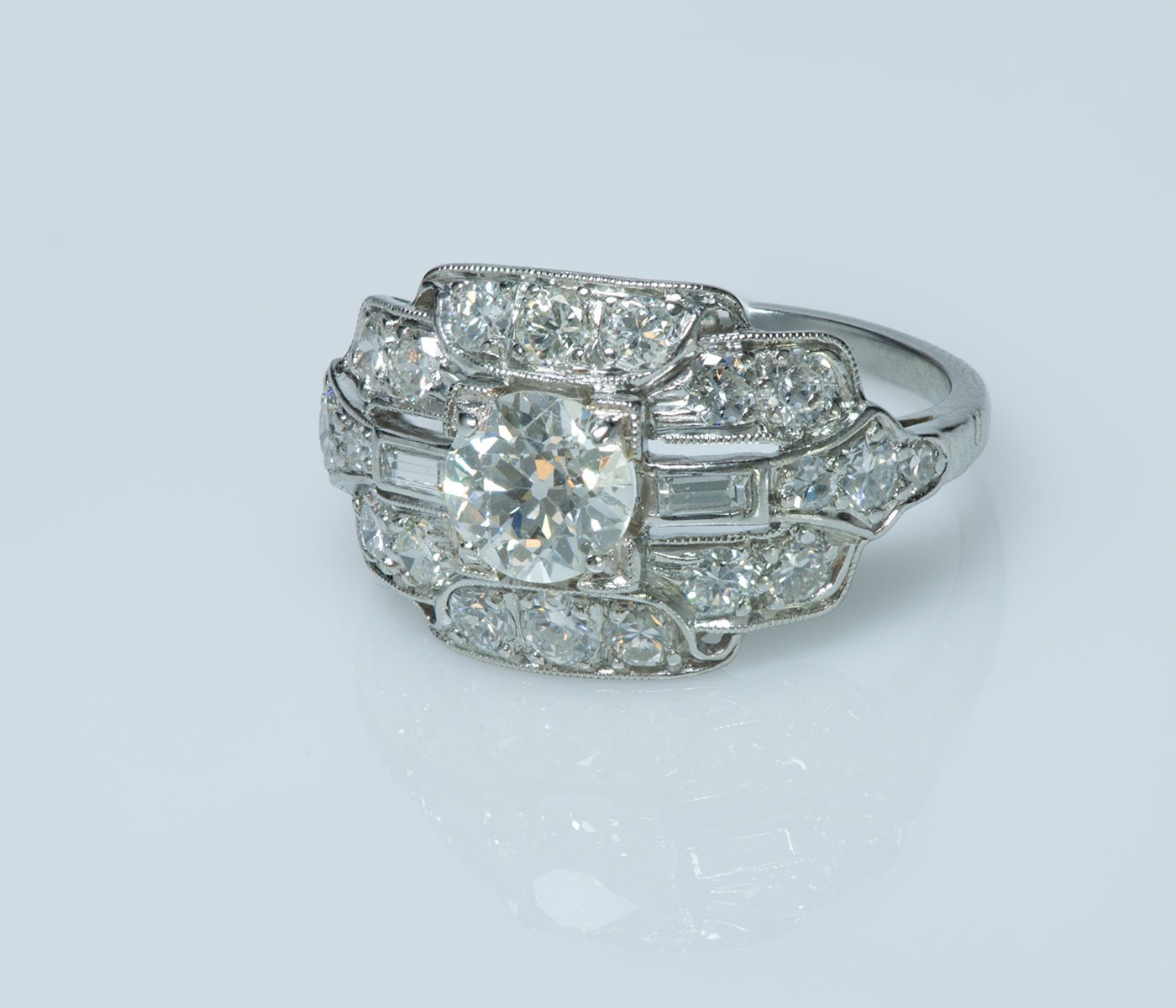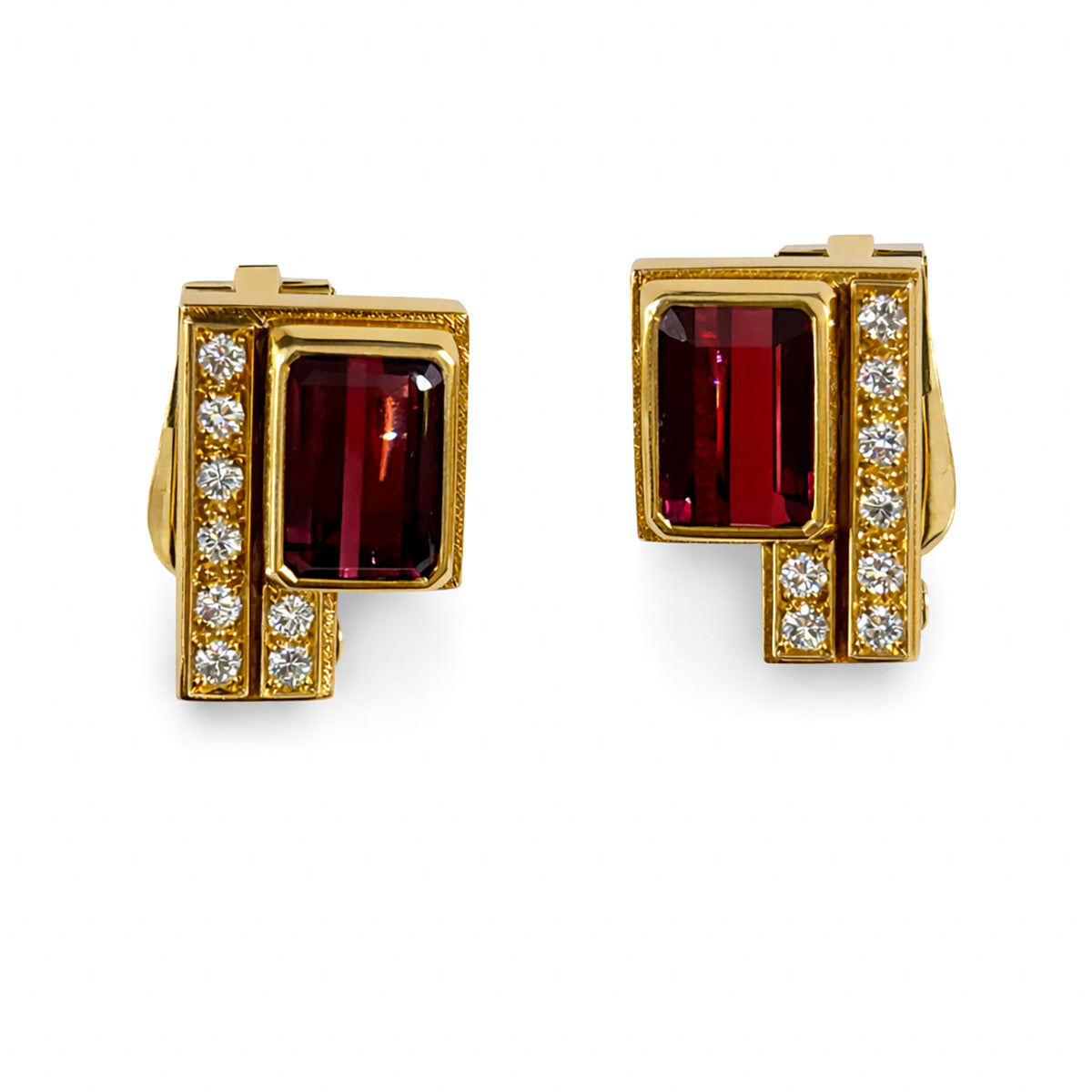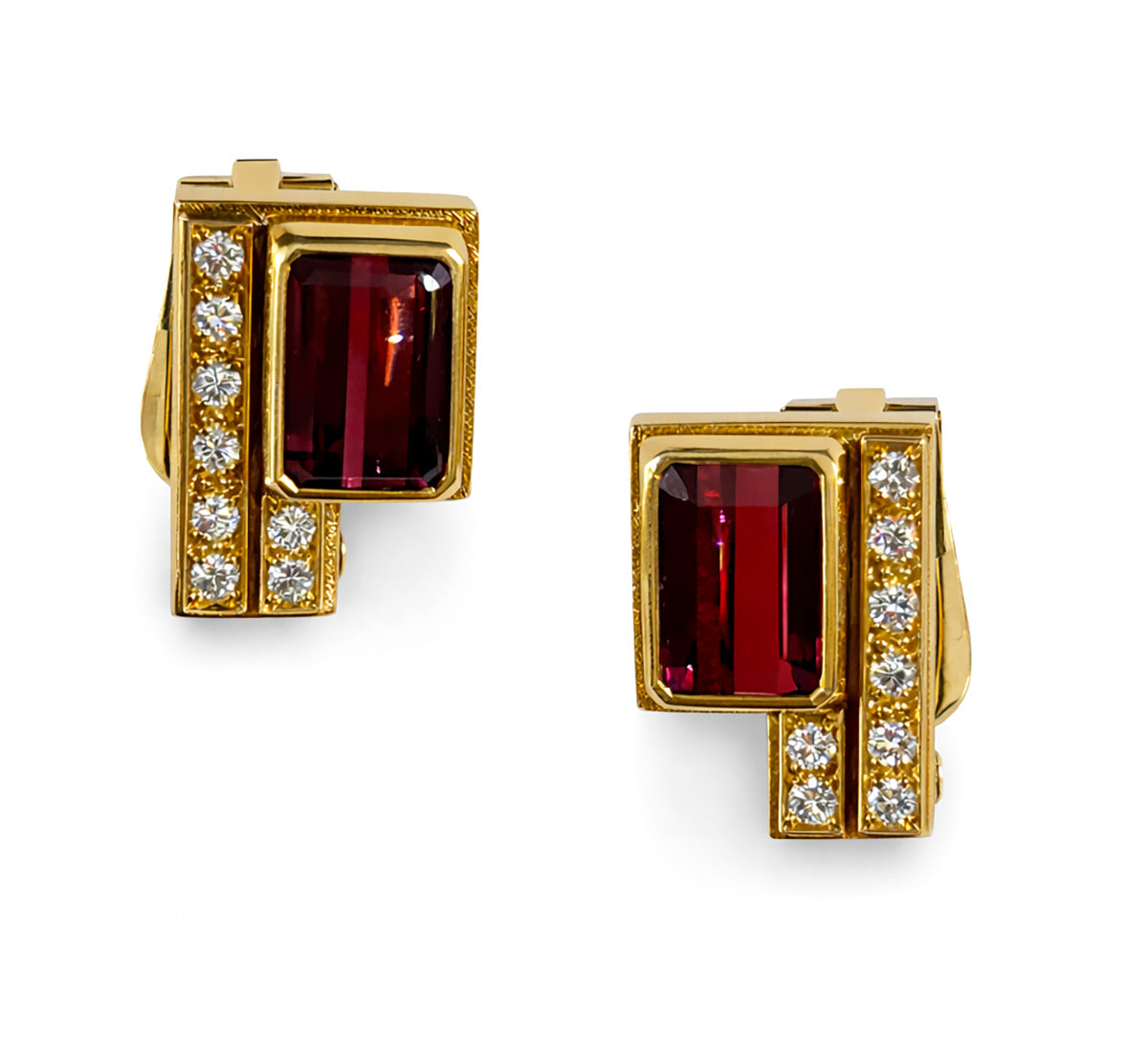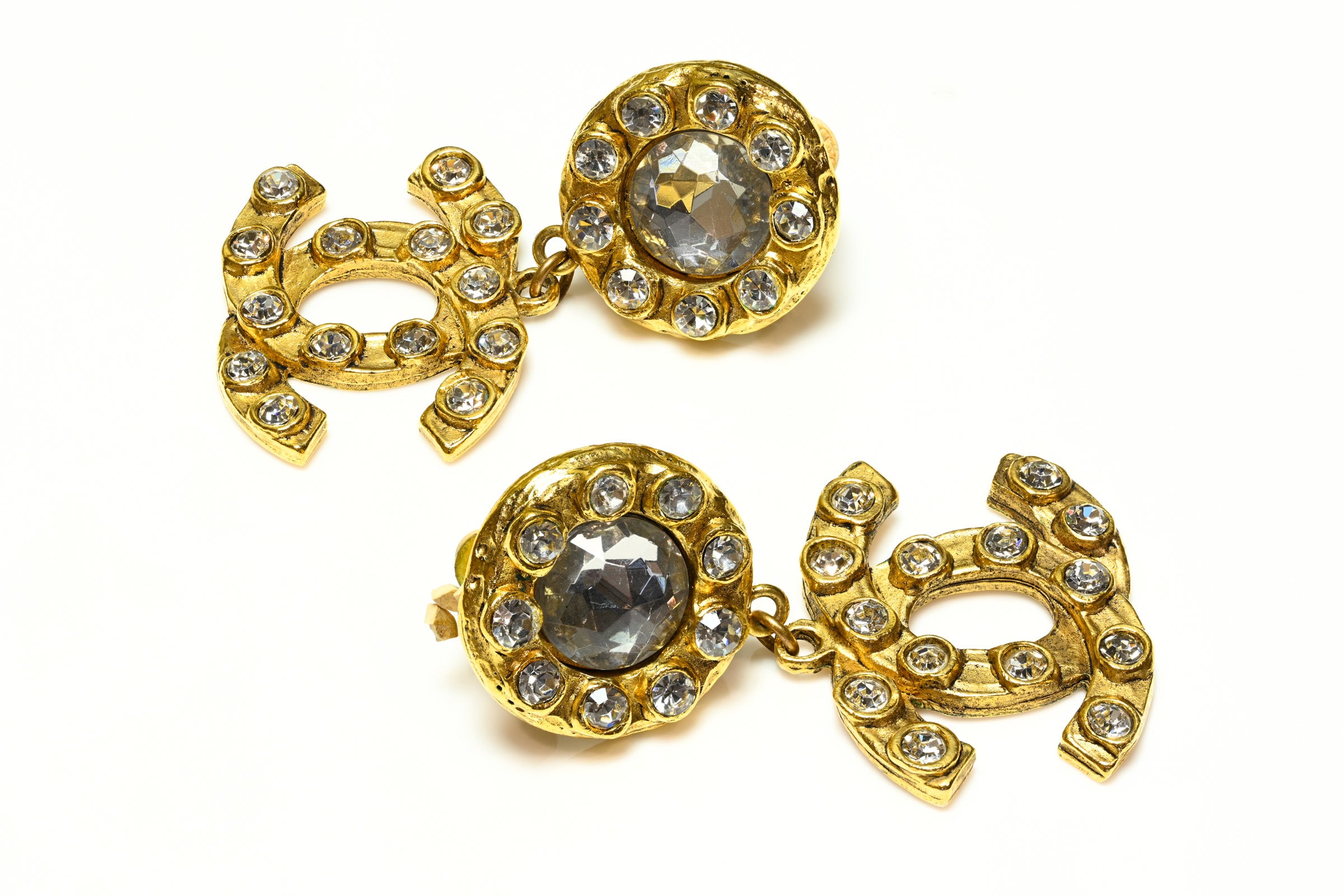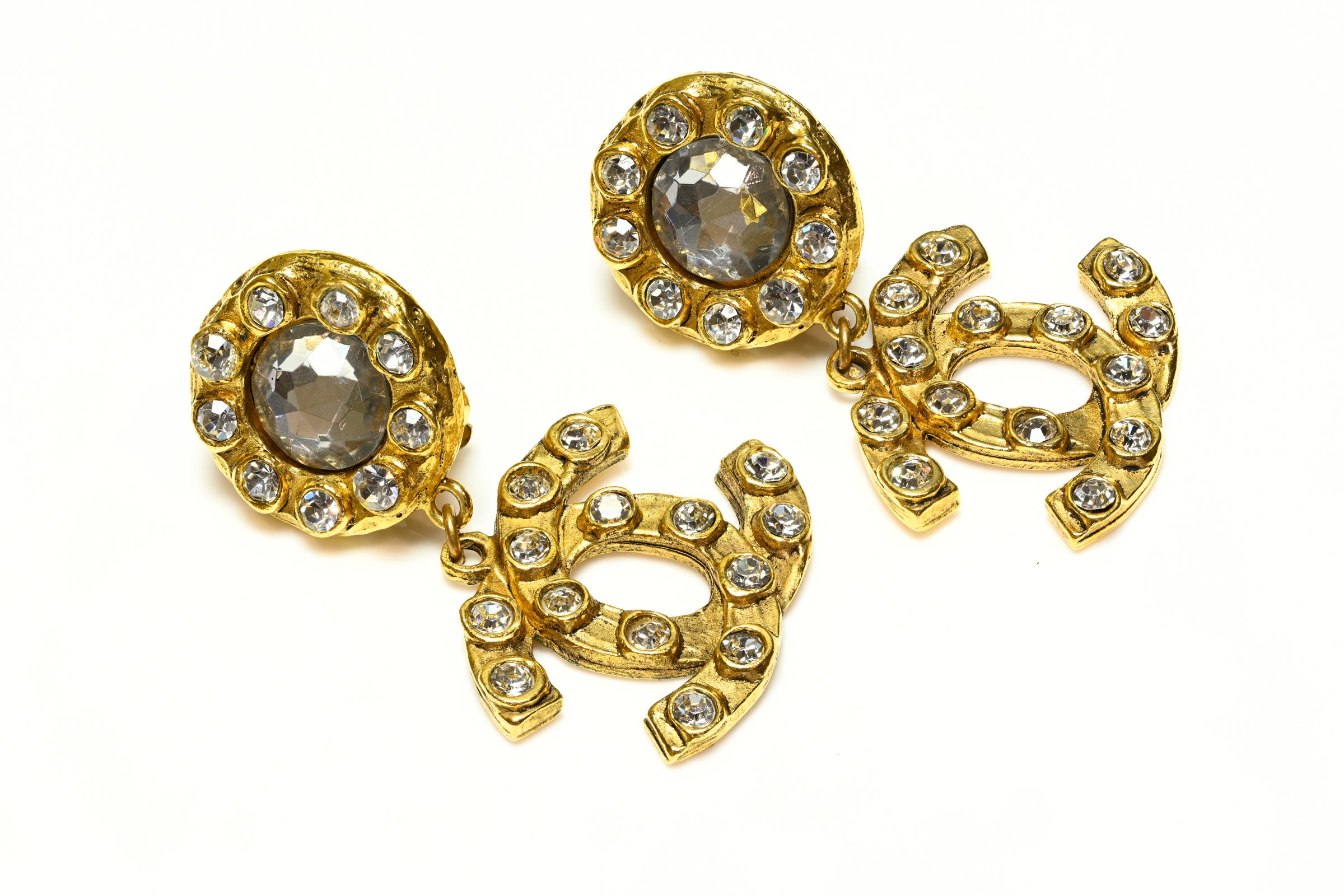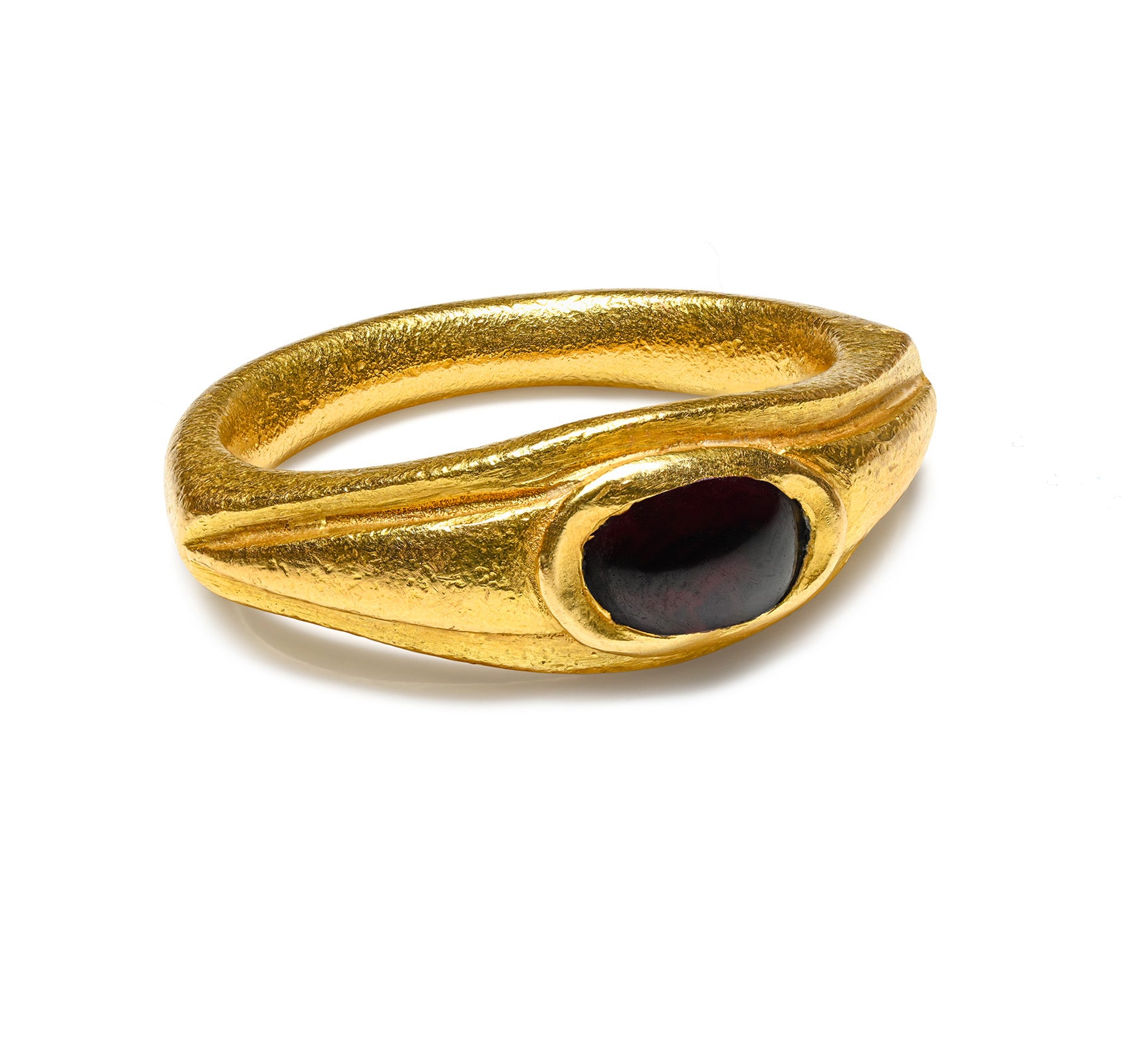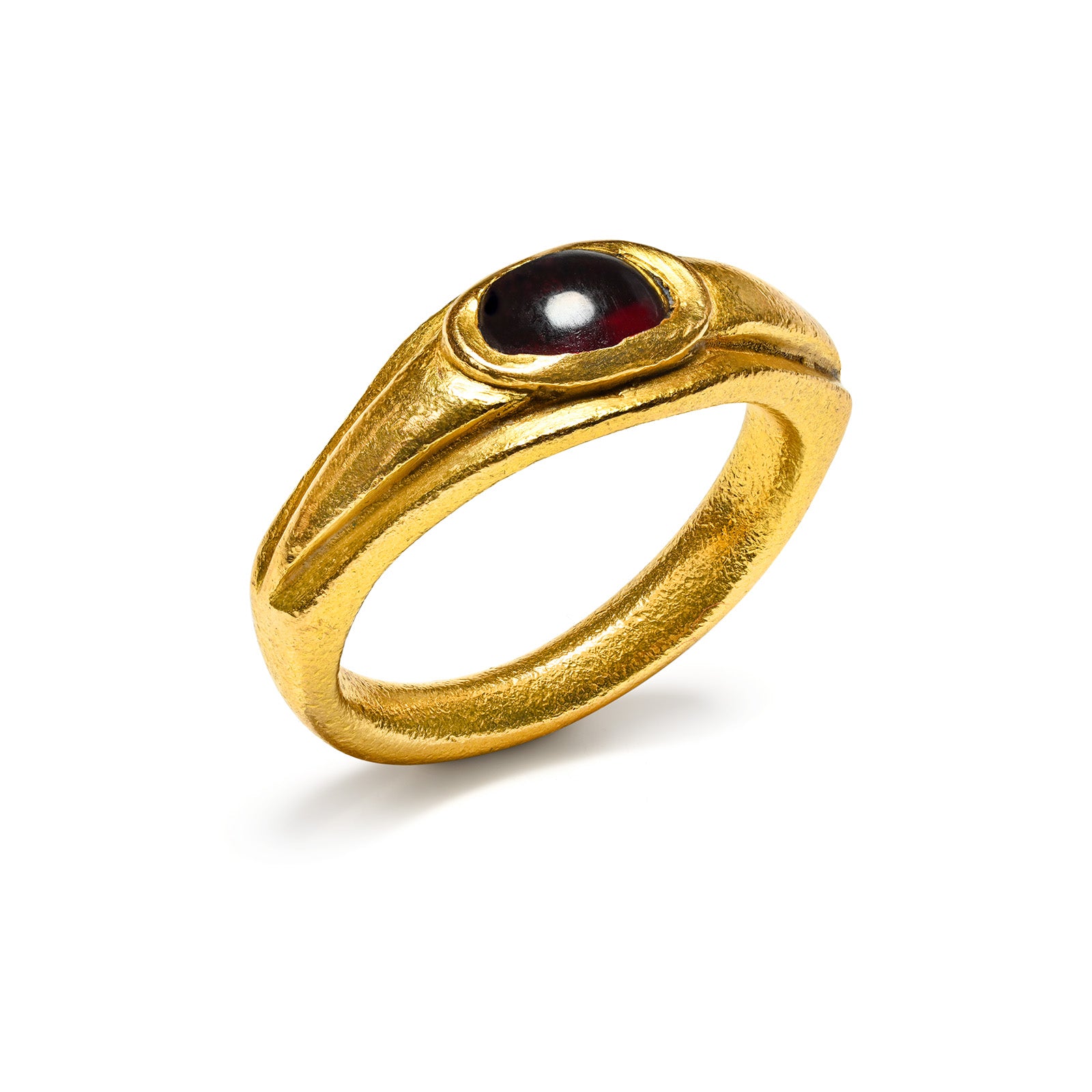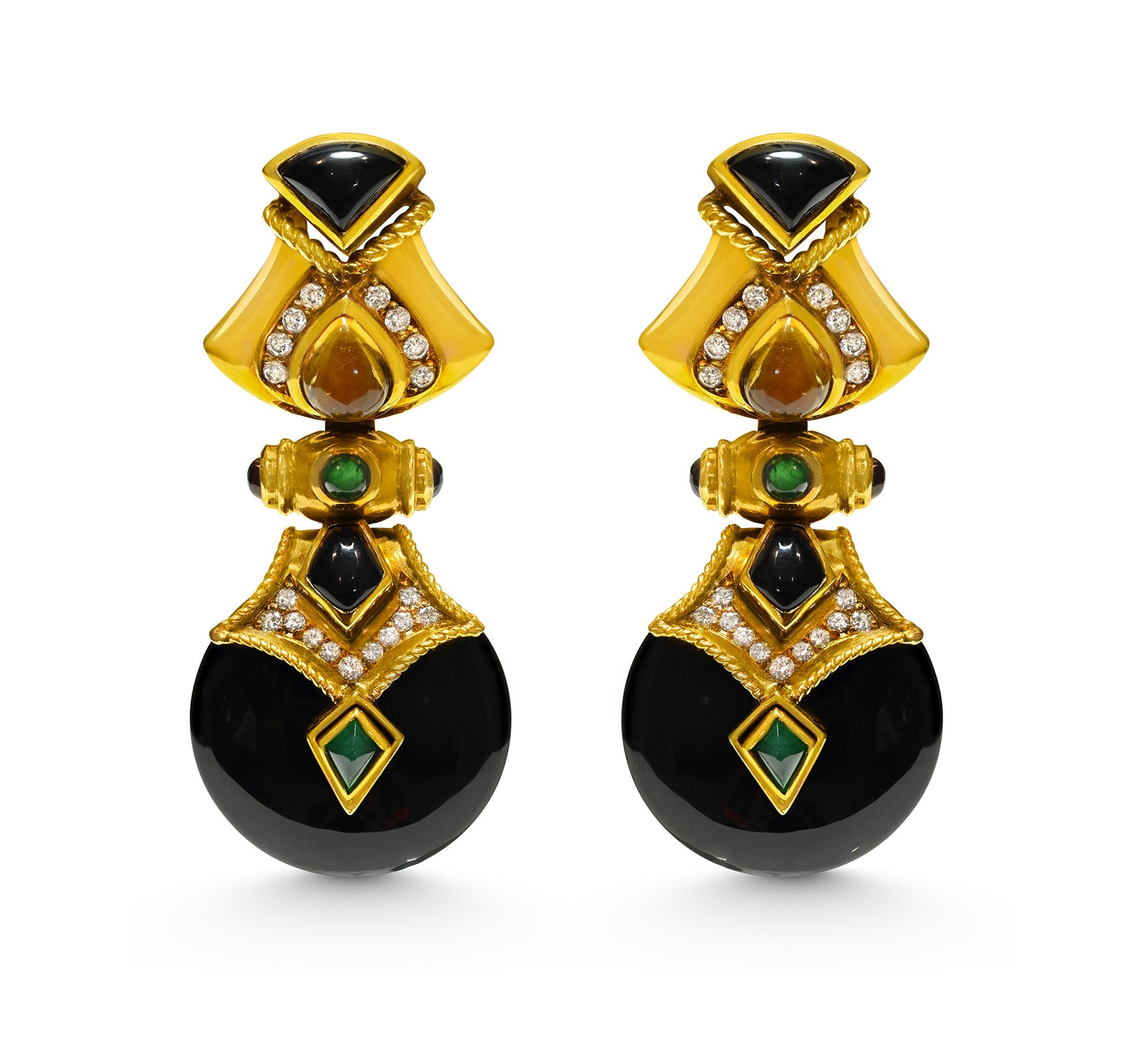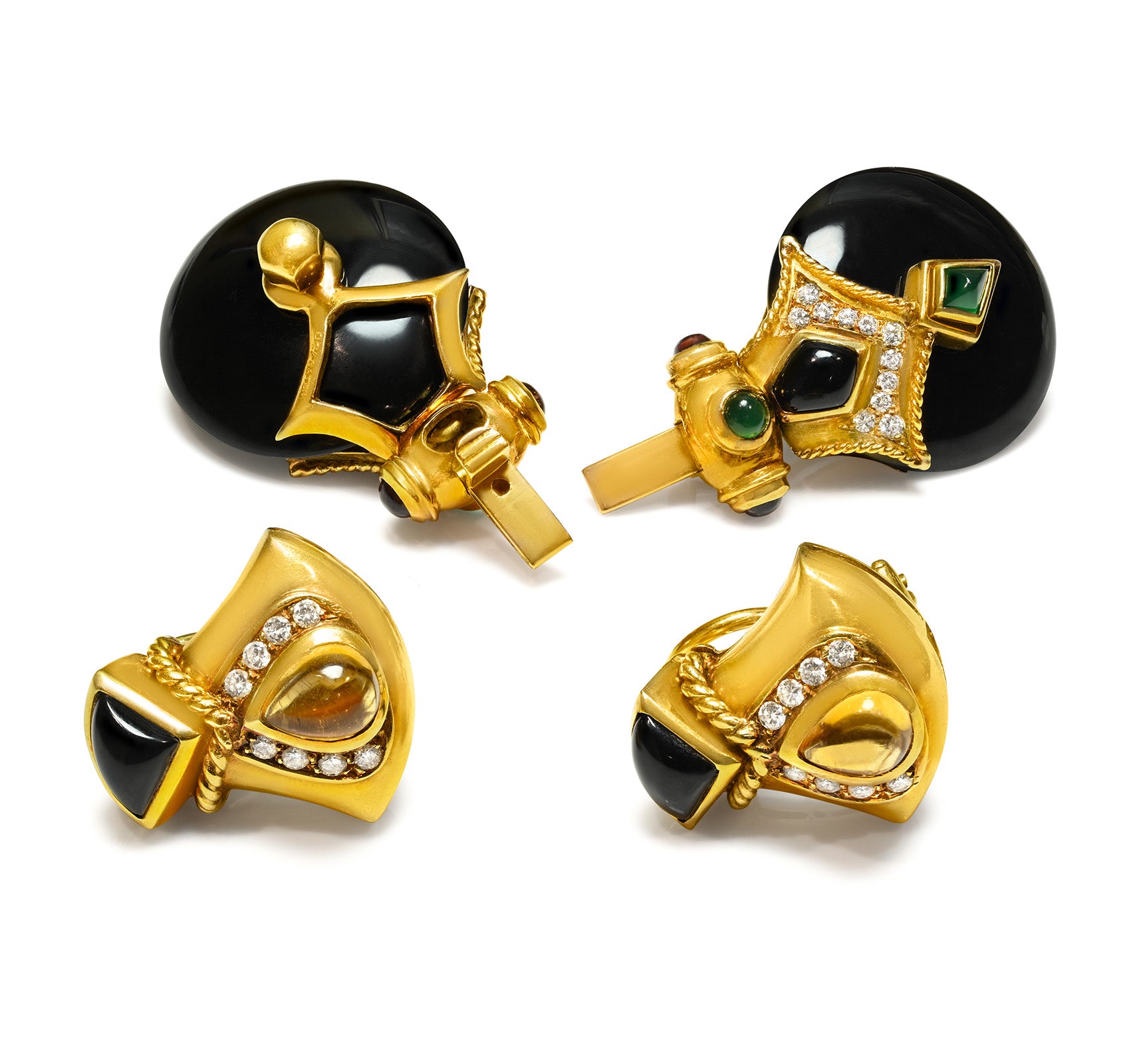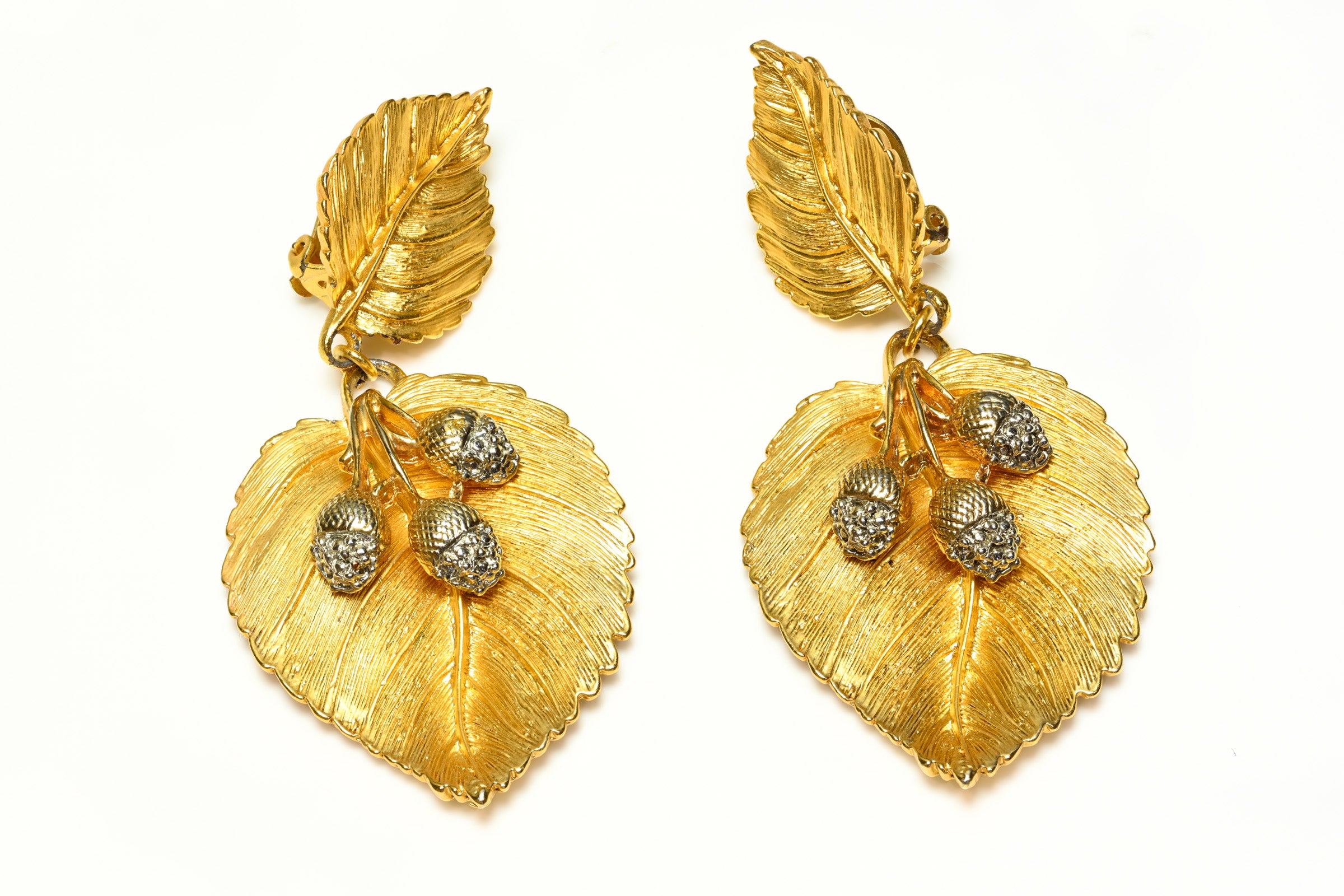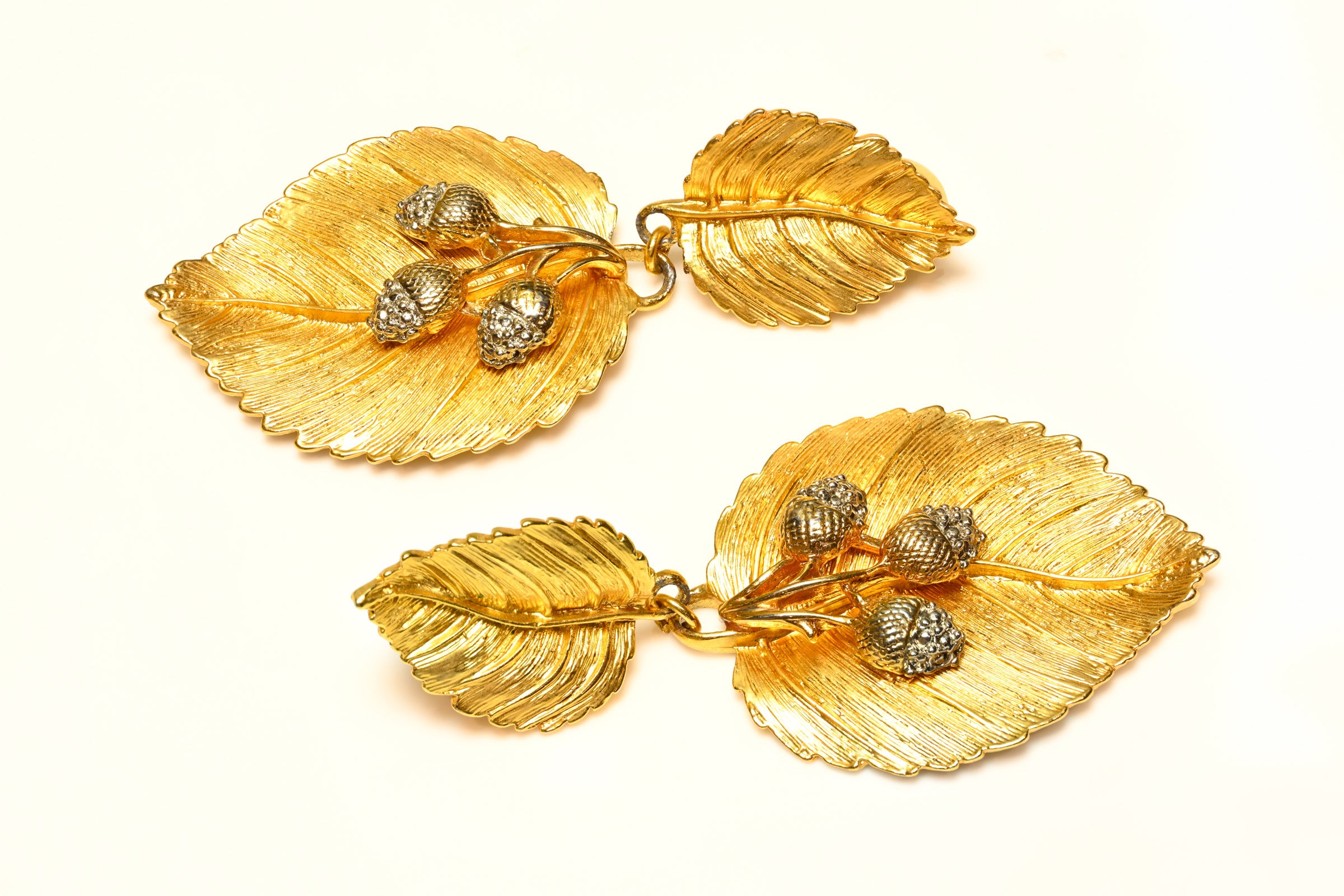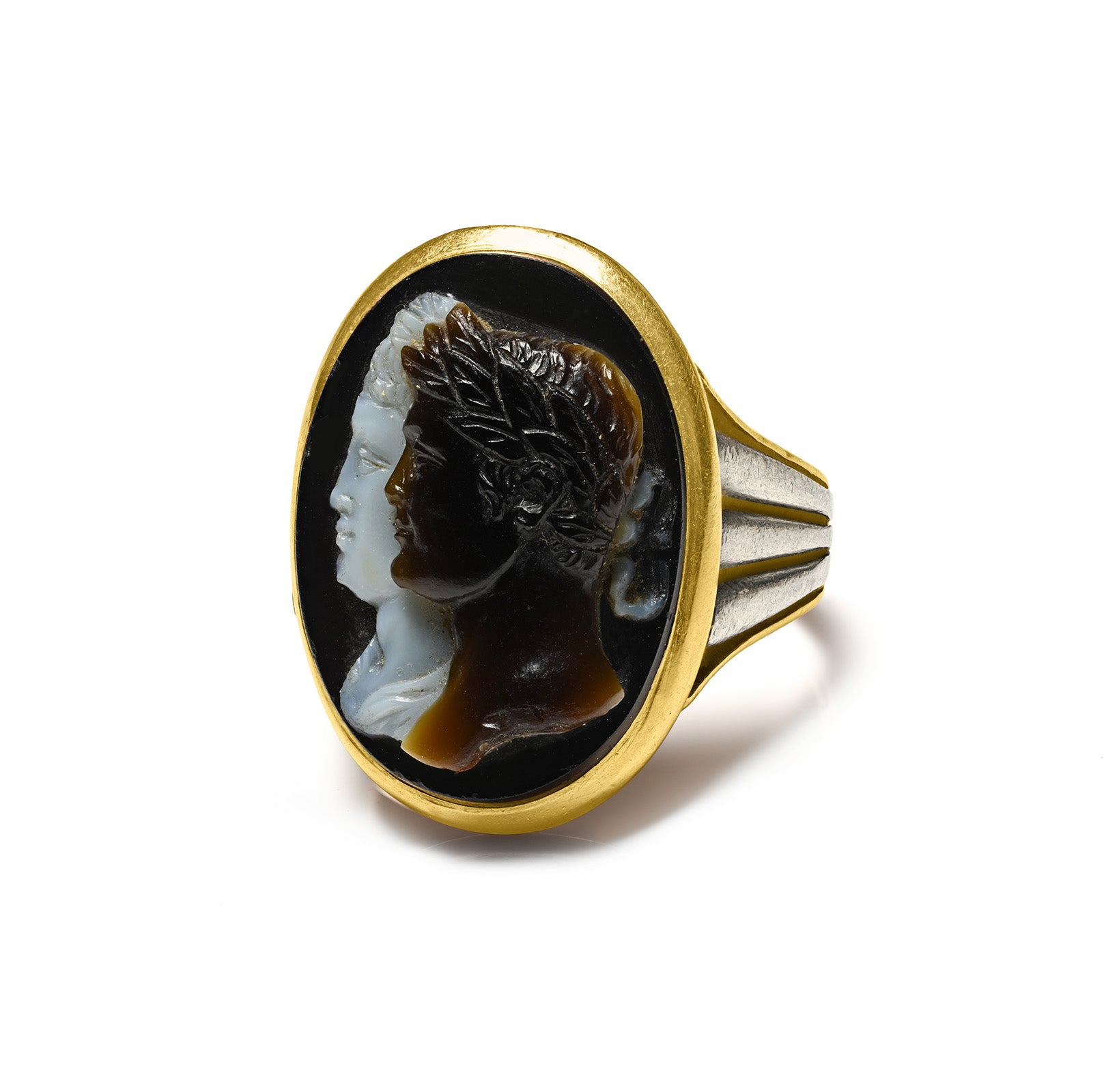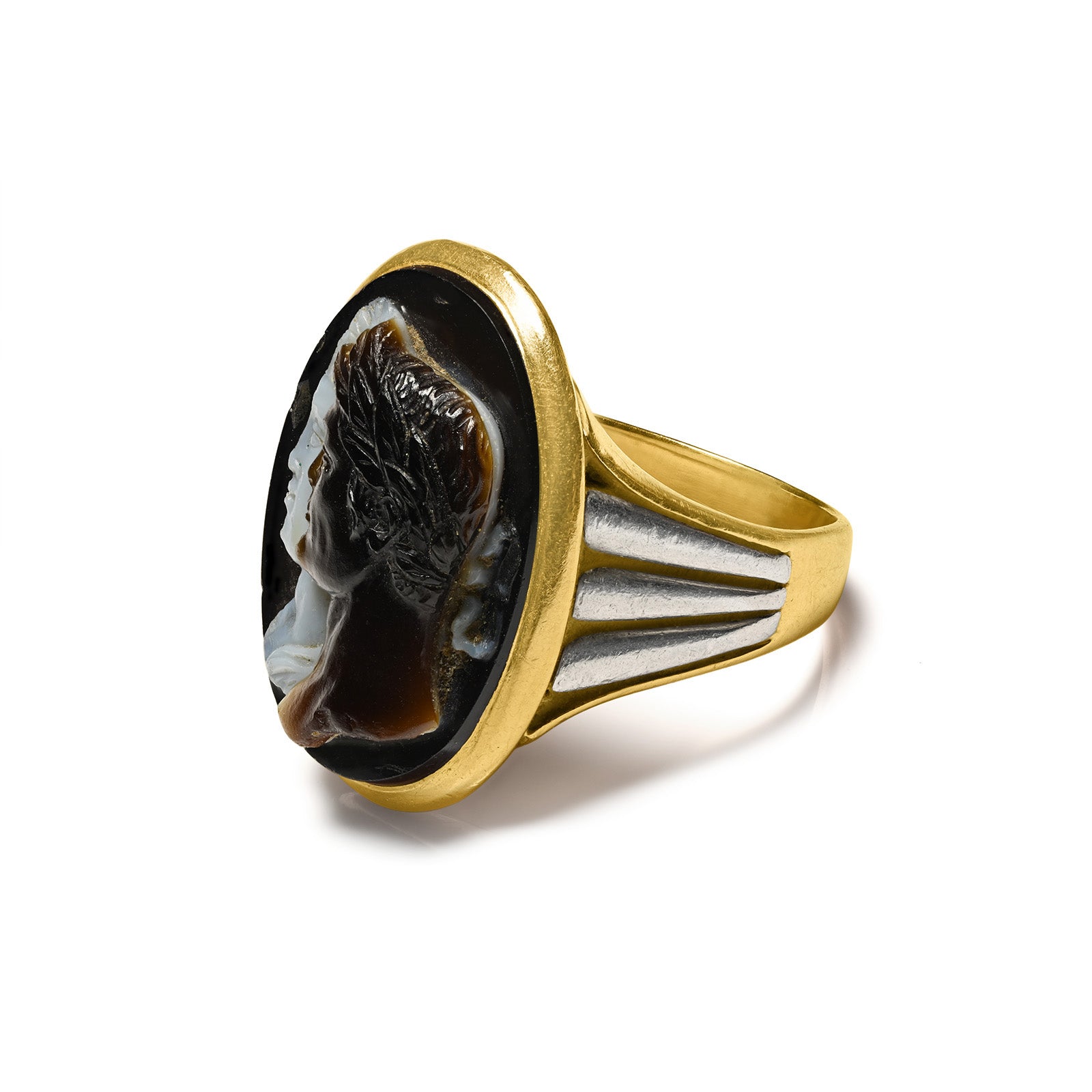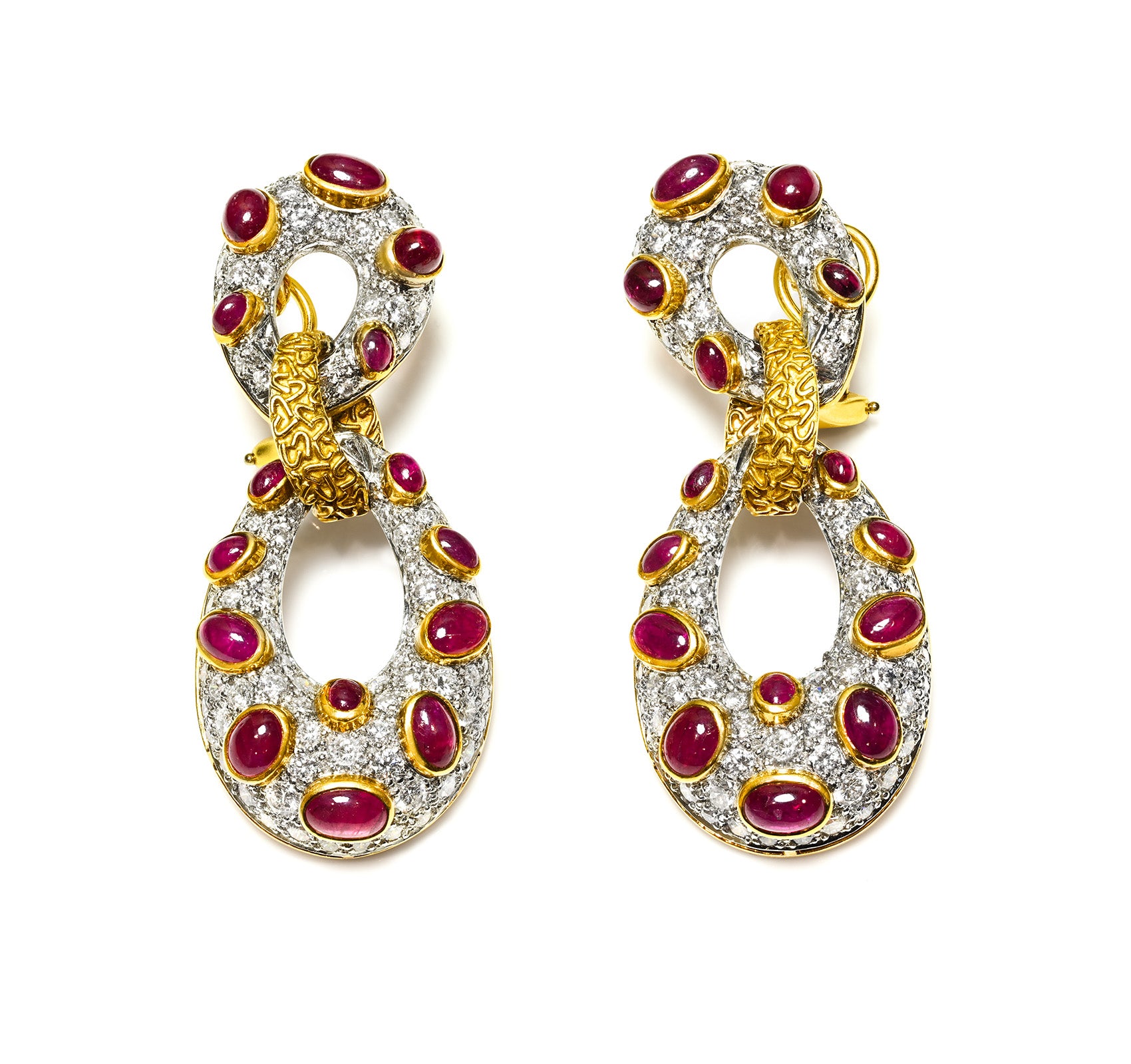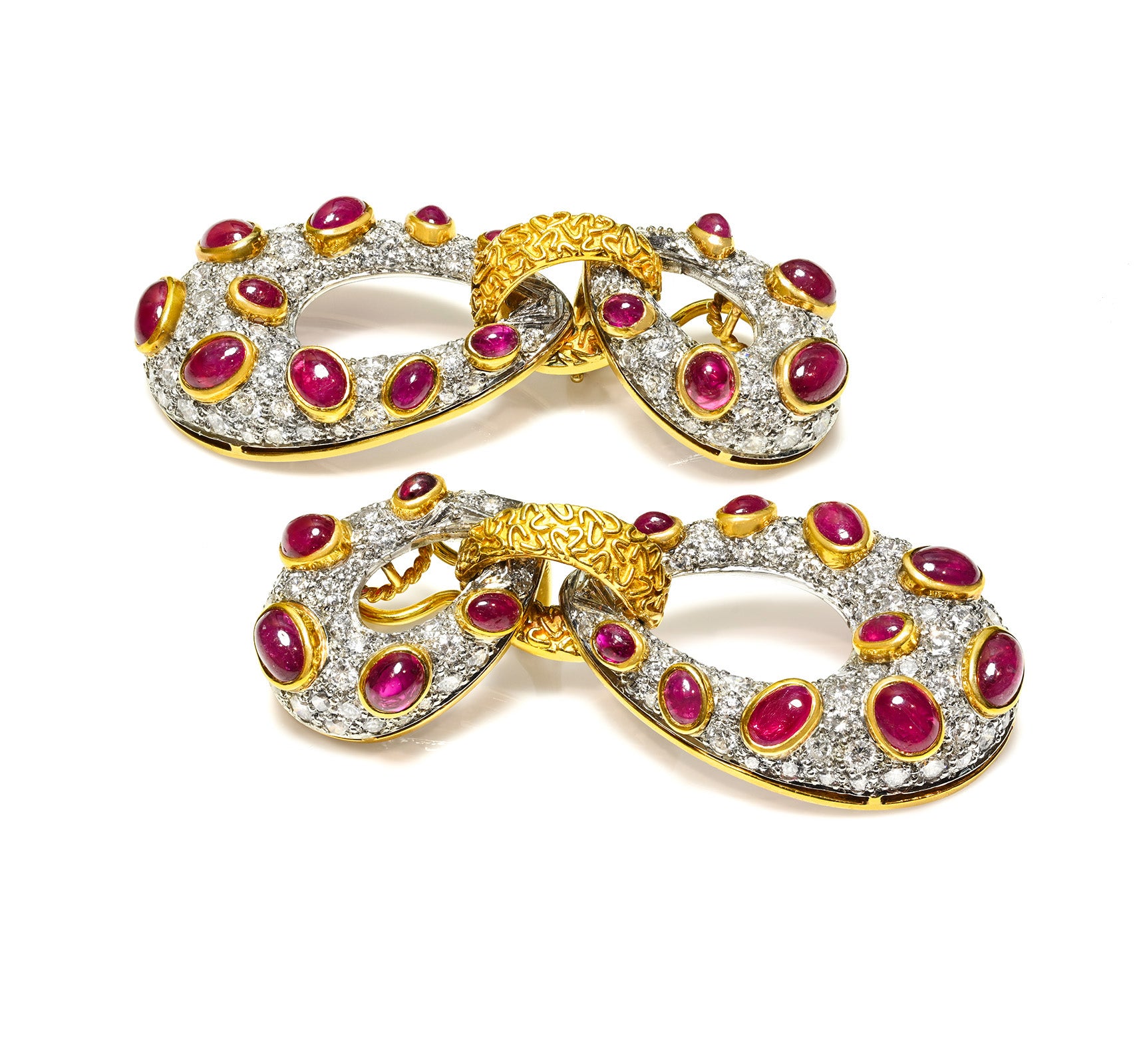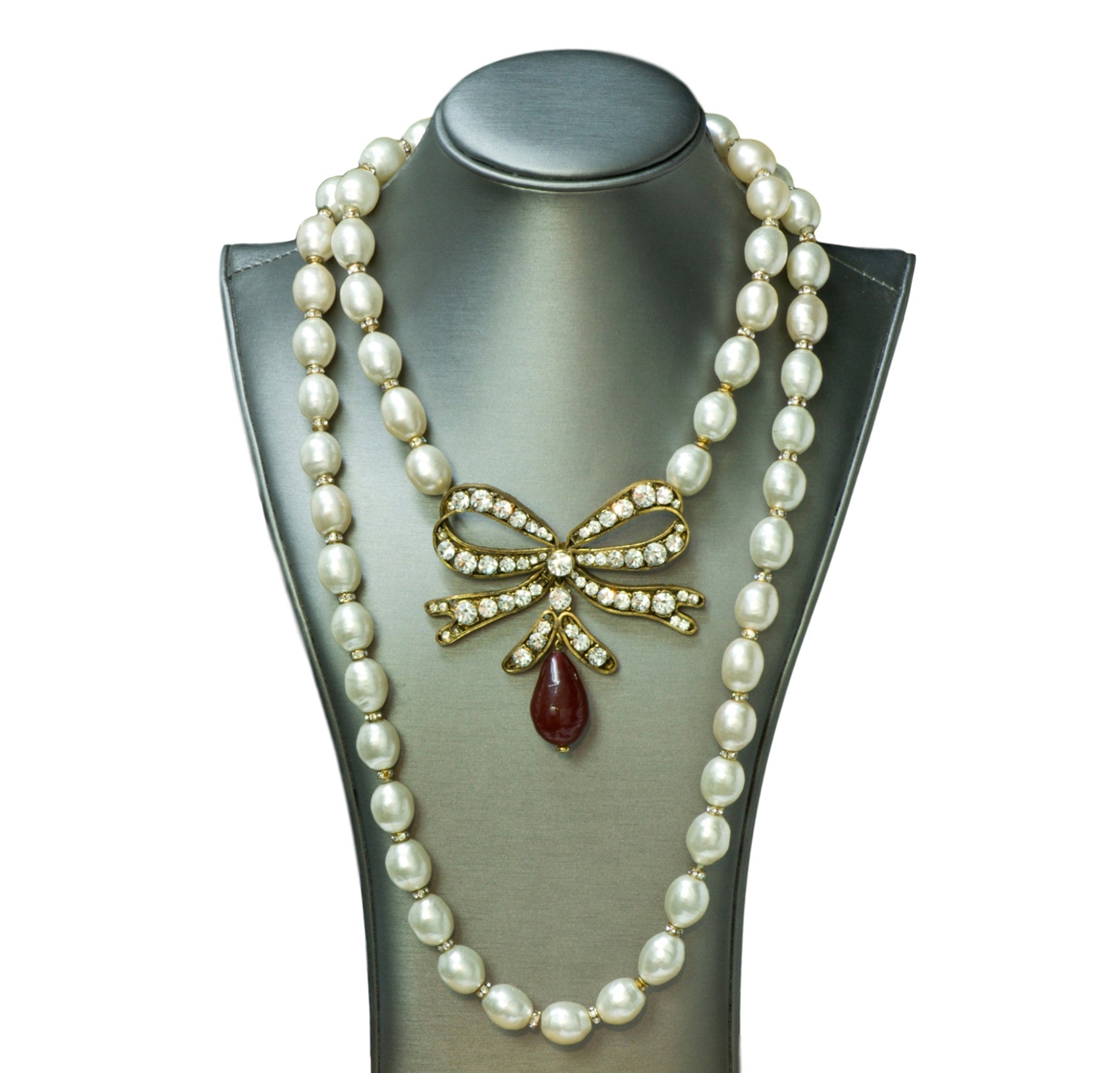
Coco Chanel Jewelry - All You Need To Know
Coco Chanel's jewelry revolutionized the way women looked forever. Let's explore together the magical Chanel universe!
Chanel had a rare ability to crystallize around her name and her work an aura of myth, and it persists to this day. Coco Chanel was the "couturiere extraordinaire" for most of the twentieth century. Attractive, ambitious, and a genius for self-inventions, Coco Chanel became one of the first couturiers to be celebrated for her glamorous style and her impeccable designs.
Raised in an orphanage and virtually self-taught, Chanel, starting from a small shop, quickly built a major fashion house with branches in Paris, Deauville, Biarritz, and London.
The History Behind Coco Chanel Jewelry
Coco Chanel was born into a modest, not very wealthy household. Eugénie "Jeanne" Devolle and Albert Chanel, the designer's parents, were both seamstresses. Since she was young, she had been exposed to the basics of fashion. The first six years of Gabrielle Chanel's life were spent in a Catholic church-run orphanage. Before enrolling at Notre-Dame College in Moulins to study sewing, little Gabrielle Chanel spent her formative years in an orphanage.
At the age of 18, Coco Chanel sings for the first time in front of an audience at the café Moulins La Rotonde. The young woman soon obtains a new position at Maison Grampayre working in a fabric shop, but she continues to perform there, garnering the moniker "Coco" from her followers.
When Coco Chanel is 25 years old, she meets a prominent and powerful man who will forever change her life. She is taken in by Baron Etienne Balsan, a member of a textile dynasty, at one of his many properties. She comes to be referred to as his mistress. For her own use as well as her love of textiles and the range of textures she has access to, Coco Chanel begins to create hats. The young artist's imaginative ideas would so move them that the French aristocracy would become interested in them. The activity, which was initially a hobby, would soon grow into a small business.
Chanel Fashion, Perfumes, And Jewelry
In 1908, she made her debut in the fashion industry as a hat designer. Shortly after, she discovered she also had a second talent for anticipating the needs and preferences of women at the time.
A year later, a Chanel store was inaugurated on the ground floor of The Baron's Parisian residences. At Balasan's estate, where the French elite of the era congregated, they eventually grew devoted to Chanel's creations. At this event, the artist first met Arthur Chapel, who instantly saw in her a brilliant artist and a creative soul. He helped her relocate her firm to 21 Rue Cambon in Paris in 1910 when a tailoring establishment was already established there.
In 1913 and 1915 Chanel opened two more shops in Deauville and Biarritz.
She also entered the perfume business in 1921 because she thought floral and musk-based fragrances were going out of style. Ernest Beaux, a chemist, creates a synthetic essence using fermented sugar and aldehydes. Under the close supervision of Coco Chanel, the chemist creates a wide variety of fragrances. Bottles with the numbers 1 to 5 and 20 to 24 contain the scents. The final option was number 5, whose name has remained "Chanel No 5" until this day.
The artist also made pieces of jewelry, to which she later added components in 1929. The entire redesigned line includes accessories like scarves, belts, bracelets, bags, jewelry, and shoes. Jewelry played a crucial role in completing the minimalist style and providing contrast to the outfits. Later, the main draw for women who wished to stay on top of fashion was the workshop at 21 Rue Cambon.
"Few women do not know how to wear jewelry," Coco Chanel once said.
She was always abundantly adored with jewels and she considered them to be as necessary to seduction as perfume.
Chanel had fabulous jewelry given to her by the Duke of Westminster and by Indian princes, but she only admired them, as she preferred to go out with jewelry of her design. There were two pieces of jewelry that she always wore: a topaz ring given to her when she was sixteen as a talisman by an old woman, and a fine pearl necklace given to her by Arthur Capel as proof of his love.
By elevating jewelry, Coco Chanel revolutionized fashion. Rich and powerful ladies never thought of wearing jewelry until Coco Chanel made it famous. The maestro produced fashionable yet reasonably priced must-have accessories.
Chanel Earrings
Chanel aspired to produce clothing and whimsical jewelry for an expanding consumer that fell somewhere between extravagant luxury items and inexpensive costume jewelry. As a result of her leadership, this has evolved into a unique and successful sector of the fashion business.
Paris was the epicenter of high-end, fashion-forward jewelry at the turn of the century. The reintroduction of diamonds and the trend for color were first introduced at the Decorative Arts exhibition in 1925; the victory of the diamond and its "white note" was celebrated at the Palais Galliera exposition in 1929. Chanel established her jewelry business in 1924 and gave Count Etienne de Beaumont control of it. She occasionally blended actual stones with fake stones when creating jewelry.
In 1932, she and Paul Iribe planned a grand presentation of real diamond jewelry to fight the financial catastrophe. She then went back to making artificial objects and enlisted the help of collaborators like Fulco di Verdura and Francois Hugo. Modern cutting and mounting methods enabled her technicians, particularly Madame Gripoix, to complete practically all of the projects.
Gripoix specialized in glass-paste techniques, producing richly colored glass beads and simulated gemstones that were integral to her costume jewelry. This partnership allowed Chanel to create visually luxurious pieces without using expensive gemstones.
Chanel Bracelet
She drew on a variety of exotic, Oriental, and Egyptian sources. The discovery of the intact tomb of Tutankhamun with its fabulous trove occurred in 1922. Her preference went to the Renaissance jewels of the Medici, a time when most artists were trained in precious metalwork, and to the sumptuous gems of Byzantium, which led her to ask once, "Why is it that everything I do becomes Byzantine?"
She visited the famous treasure in Munich, the richest collection of jewels in Europe, and saw the sparkling mosaics of Ravenna which show Empress Theodora standing in glory wearing a gold crown adorned with strings of pearls. We know from written sources that the rich citizens of Constantinople sometimes went out wearing gilt-bronze imitations of the real jewels with gold, pearls, diamonds, and enamel that they left at home for safekeeping.
Before establishing himself as a goldsmith in New York, the Sicilian duke Fulko di Verdura worked in Paris for Chanel from 1929-1937, first designing fabrics, then jewelry. He revived one of the crafts traditions of his native country and specialized in enamel bracelets.
Francois Hugo, the brother of Jean, director of the hosiery factory at Asnieres, also drew jewelry for her. "I was bored with the jewels made by the professionals, so I had Francois Hugo draw some of my ideas for earrings, clips, brooches, all sorts of costume jewelry of the kind that today can be seen in the galleries of the Palais Royal and under the arcades of the Rue de Rivoli".
Chanel Necklace
For Chanel, sparkling diamonds expressed her love for the stars and comets and the lights of the Champs-Elysees. The necklaces glitter on the decollete created with moire ribbons; and diadems, crescent-and star-shaped brooches, ribbons, and fringes sparkle in the hair.
The faces of the elegant visitors are reflected in the display cases with indirect lighting that protected the fabulous collection. These gems cut in their natural state, with hidden mounts and clasps, were based on three motifs-knots, stars, and feathers-and could be separated and transformed; for example, a necklace can be changed into three bracelets and a hat brooch.
It was not the jewels themselves that were modern, hinting as they did in the past; it was the way Chanel wore them.
2013: presentation of the "Under the sign of the lion" collection and announcement of the restoration of the bas-relief lion on the façade of the Basilica of San Marco in Venice.
When Chanel staged her comeback in 1954, she offered, in addition to tweed suits, all the sorts of accessories she wore every day. Unlike other designers for whom accessories completed a silhouette or furthered a decorative effect, Chanel made individual pieces that were exercises in devising the single perfect item, be it a flower, a hair bow, or a shoe. She did not show a batch of new pieces every season; instead, from time to time she added a new item to her working vocabulary.
Chanel’s designs often featured crosses and intricate metalwork, aligning with her incorporation of symbolic and religious elements, including Byzantine motifs.
Chanel jewelry of the 1950s and 1960s, produced by Gripoix and by a new collaborator, goldsmith Robert Goossens, included copies of pieces she had been seen wearing for decades. After Chanel died in 1971, her house lumbered along acquiring a genteel patina.
When Karl Lagerfeld signed on as a creative director in 1983, he not only changed the House of Chanel, he changed all of fashion. The Lagerfeld-for-Chanel high-wire act is most dazzling when it pits the classic against the hip, adding another dimension to a story already abounding in paradox. Under Lagerfeld's direction, the reach of Chanel has extended even further, becoming the latest logo coveted and worshiped by teenagers and hip-hop celebrities alike.
How To Identify Authentic Chanel Jewelry
Many Chanel costume jewelry pieces will have markings. Understanding these markings is an important aspect of authentication and will also reveal when the item was made and its history.
Pieces from 1921-1939 were made to complement Chanel's clothing. As a result, these extremely rare pieces were left unmarked, some pieces are marked only with a "France" stamp. In 1939, due to WWII, The House of Chanel stopped operations.
Coco Chanel - 1930's
1930's Jewelry made by Chanel Novelty Company in 1941 is quite valuable. The style of Chanel Novelty Company was distinctly different from Chanel's, and these accessories have their own unique beauty and craftsmanship. Coco Chanel sued them for obvious trademark infringement and won. Chanel Novelty Company was forced to rename to Reinad Novelty Company.
Coco Chanel Novelty Mark - 1940's
In 1954, Coco Chanel resumed business in her Parisian boutique at 31 Rue Cambon. Many pieces in this time period remained un-stamped, as Chanel jewelry was still being designed as part of an entire couture outfit. However, some jewelry started receiving very basic stamps.
Coco Chanel 60's
After Coco Chanel's death, jewelry stamping changed. Some jewelry was also stamped with a copyright, trademark, interlocking CC, and made in France stamp.
Coco Chanel 70's
Chanel 70's In the early '80s, the date of production is incorporated into the stamping, so many pieces have a year in the place of "made in France".
Coco Chanel 80's
From the mid-'80s to the early '90s, Chanel dated the jewelry based on collection number. Collection numbers include 23-29.
Coco Chanel 90's
From 1993 - 2018, the jewelry includes both the season and year. Season markings include A for Fall, P for Spring, C for Cruise collection, and V for a continuous line. The numbers represent the 3rd and 4th digits of the year. For example, 95 stands for 1995, and 03 stands for 2003.
